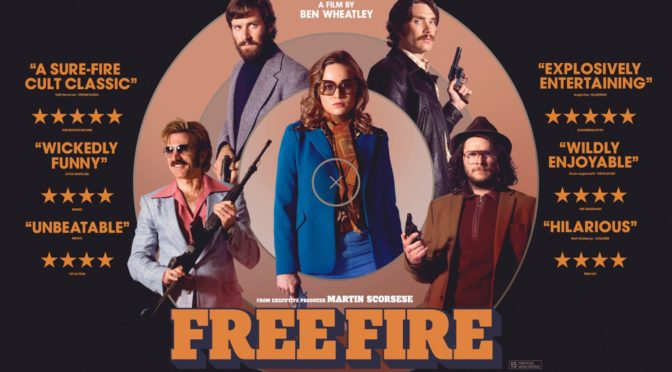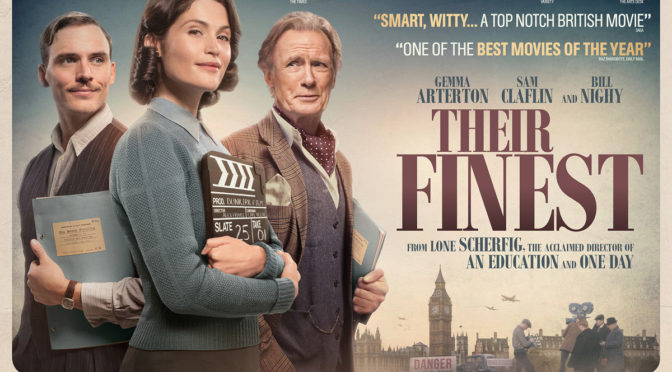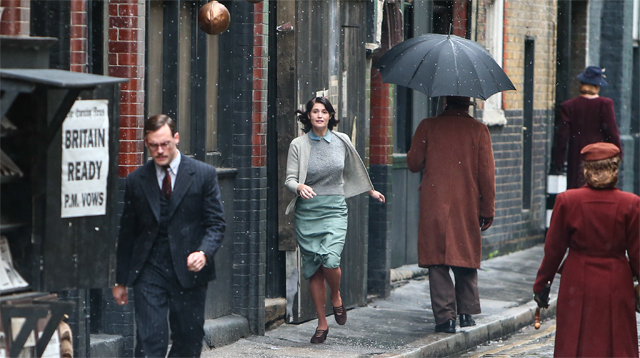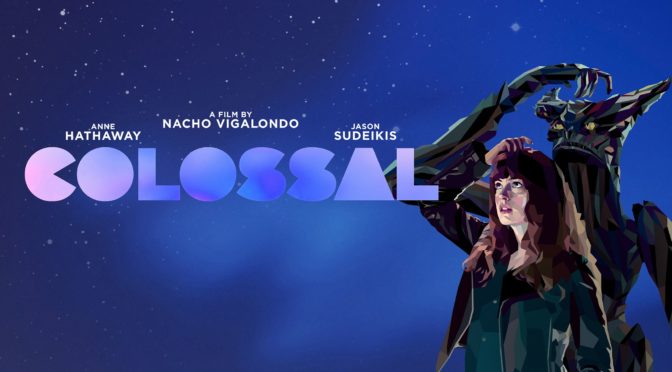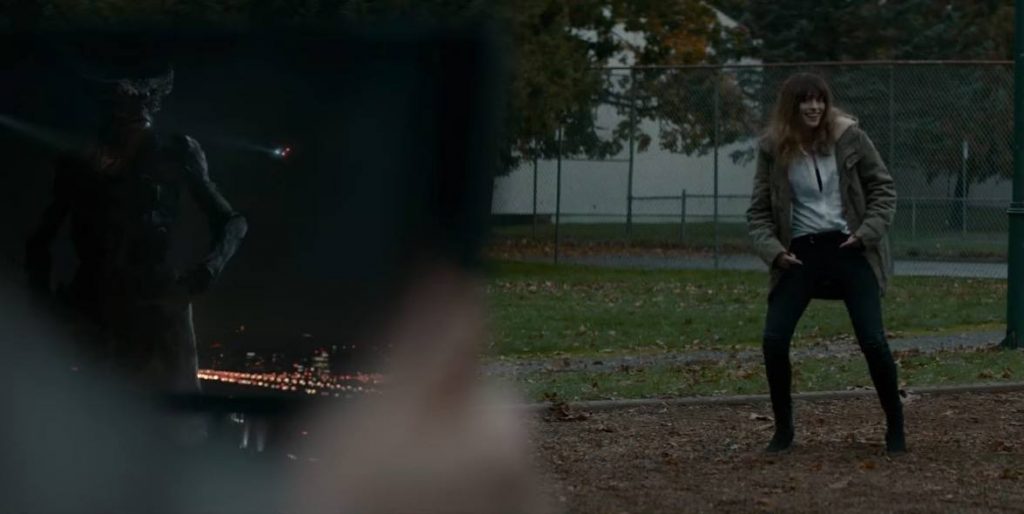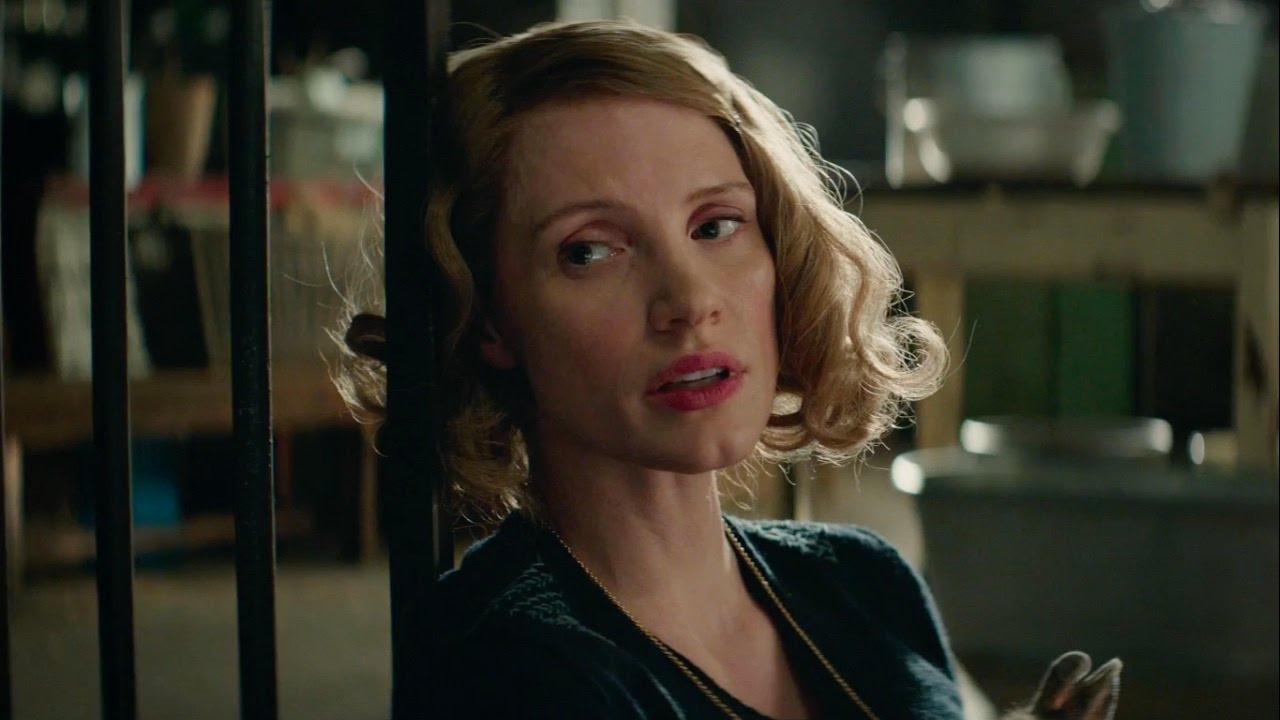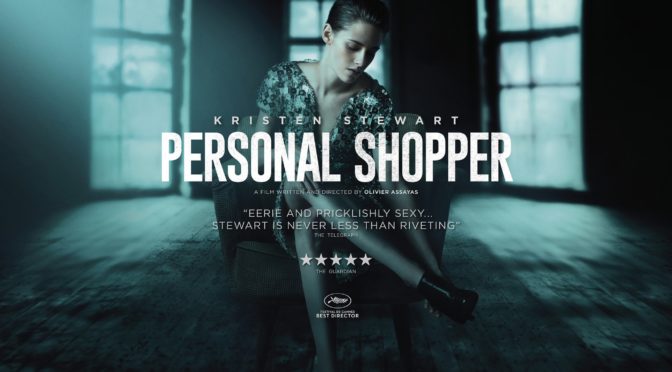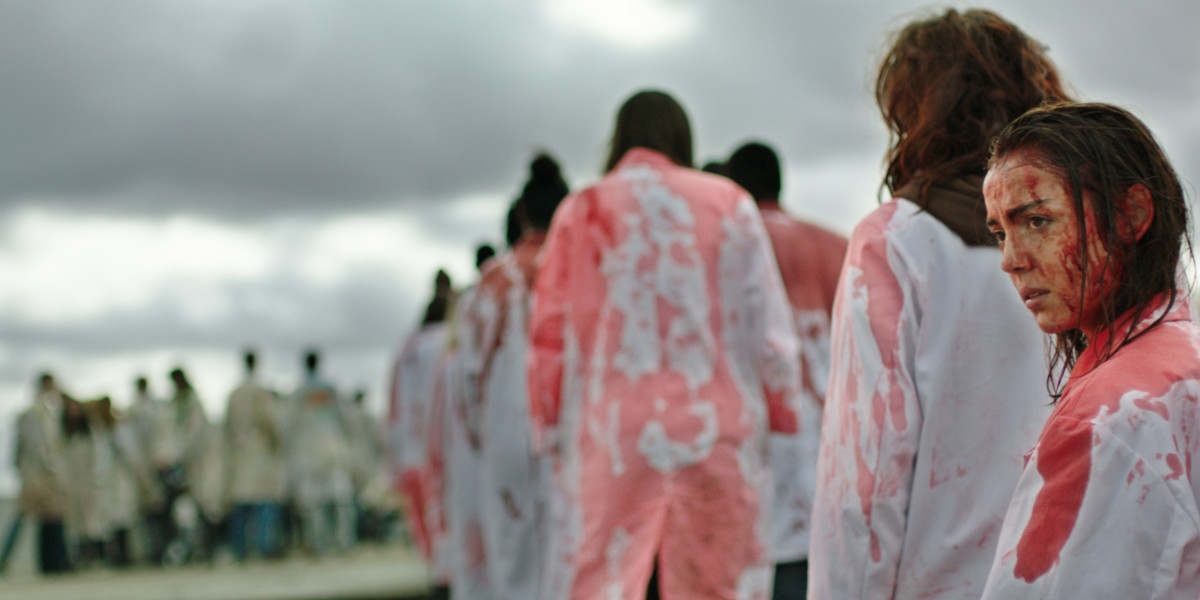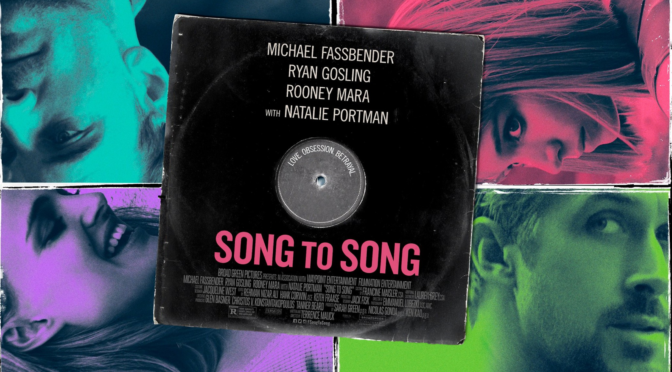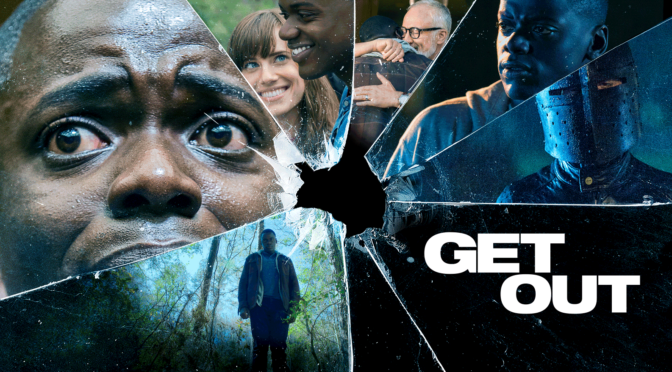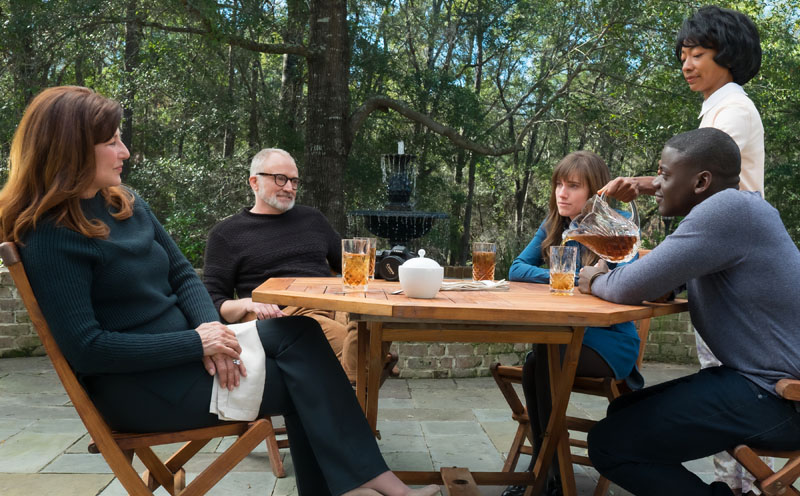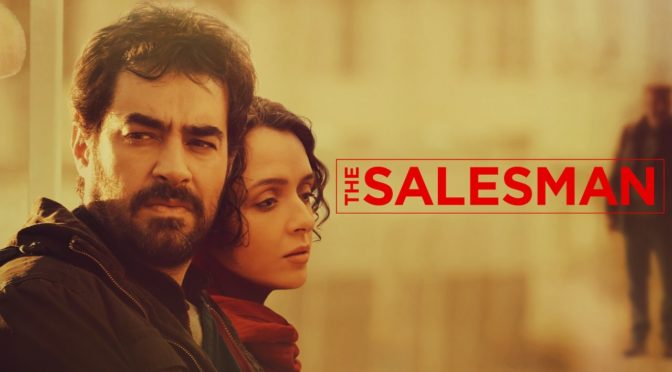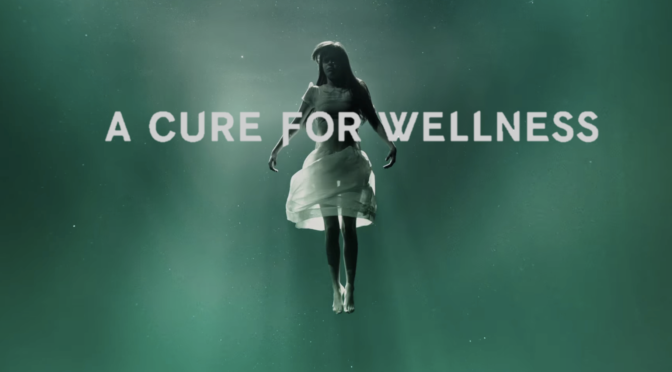Imagine if you made a movie based on the last scene in Reservoir Dogs. Ben Wheatley (High-Rise) has done just that. Free Fire is about an illicit weapons deal gone wrong. A large cast of criminals featuring Sharlto Copley (District 9), Brie Larson (Room), and Armie Hammer (The Lone Ranger) is forced into an impromptu battle when two of their lower henchman let a personal, unrelated conflict escalate into violence. As the gunfight continues, loyalties are questioned and it’s unclear who (if anyone) is likely to escape.
You could call Free Fire a bottle film but Wheatley pulls variety out of the setting. The abandoned factory is littered with structural beams, remnants of machinery, and building materials that serve as impartial cover during the shootout. The area is rarely shown in its entirety which makes each person’s hiding spot unreliable. The audience, like the characters, doesn’t know how exposed everyone is and if someone might be creeping around a corner to get an angle on an outstretched leg. The action becomes WWI-style trench warfare and the constant danger makes what is essentially a movie where the cast spends most of the runtime laying on the ground a tense shootout.

There is a nice mix of humor here. The action, while explicit, is played for slapstick laughs. Characters are often shot in the leg or grazed on the shoulder making their damage a painful annoyance rather than a devastating blow. Even seemingly deadly fire can still leave a character mobile and functioning. The cast also adds their efforts to the tone with Copley as the main comedic relief. He continues in his recent streak of overacted roles, but here it fits the character. His eccentric arms dealer with an exaggerated South African accent is a great take on the barely-competent criminal trope and contrasts nicely with Hammer playing the efficient straight man as his partner.
Wheatley has taken on a significant challenge: making a film in a restricted location with little to no upfront backstory its characters. In the end, we don’t know much about them beyond a broad archetype (drug addict, loyal protector, etc.), but the lack of exposition is a smart choice. Wheatley emphasizes their behavior in battle to reveal their true nature. It’s the way they line up a shot or how quick they are to protect someone on their side that tells volumes about them. This allows the audience to focus on the action without dragging down the pacing. At a taut 90 minutes, Free Fire is a breezy and bloody Mexican standoff with plenty of slapstick humor to boot.

4/5 stars.
